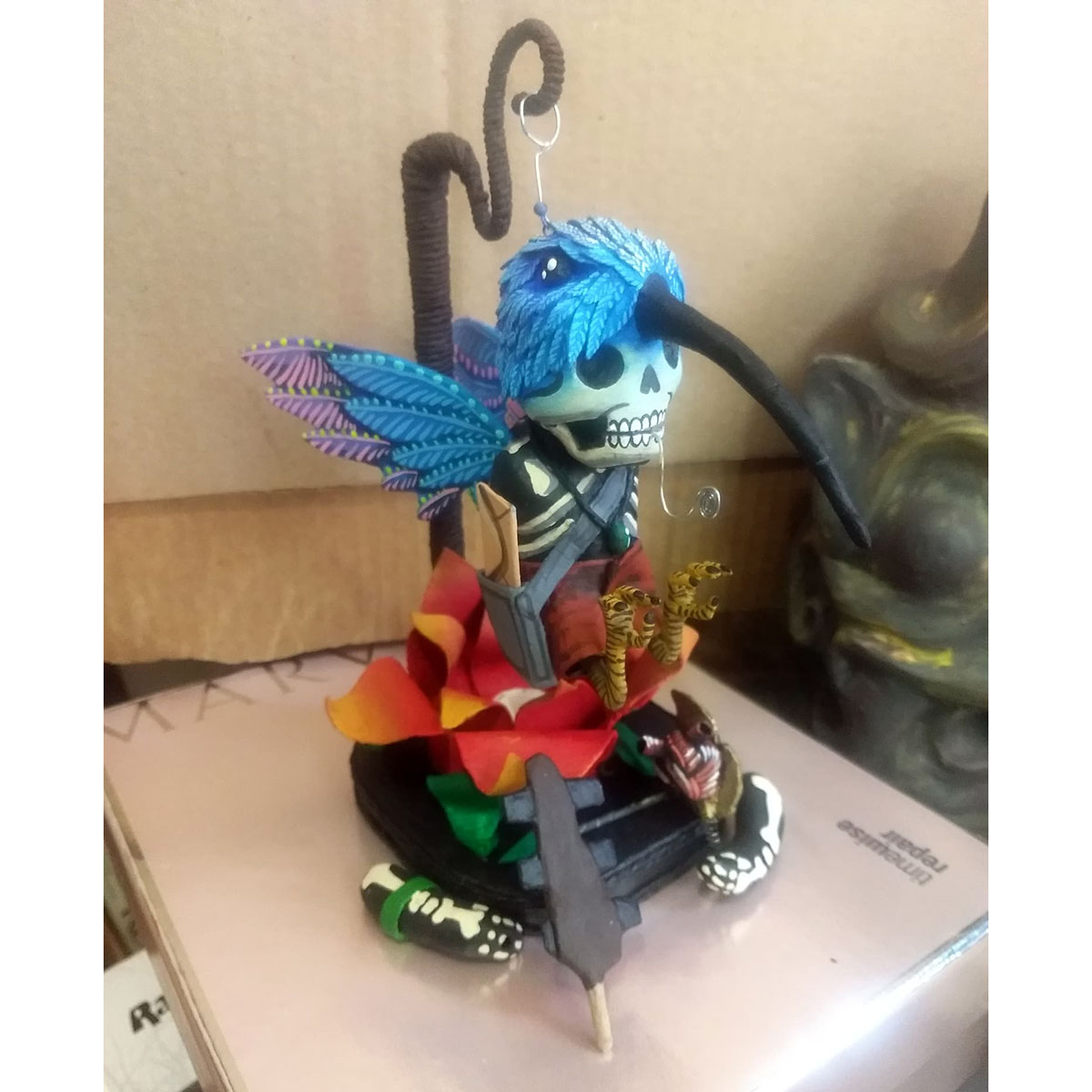
Isaias Alejandro Morales Delgado Huitzilin (hummingbird in Nahuatl)
Harvested from the microfilm by Stephanie Wood. AYOPAL-HUĪTZIL-IN, literally, "purple dye hummingbird," perhaps the Violet-crowned Hummingbird (Amazilia violiceps) [FC: 24 Aiopalhujtzili] "… is light brown, the color of tunas {fruits of the prickly pear cactus}."

Isaias Alejandro Morales Delgado Huitzilin (hummingbird in Nahuatl)
Huitzilopochtli's name is a cognate of the Nahuatl words huitzilin, "hummingbird," and opochtli, "left." Aztecs believed that dead warriors were reincarnated as hummingbirds and considered the south to be the left side of the world; thus, his name meant the "resuscitated warrior of the south."
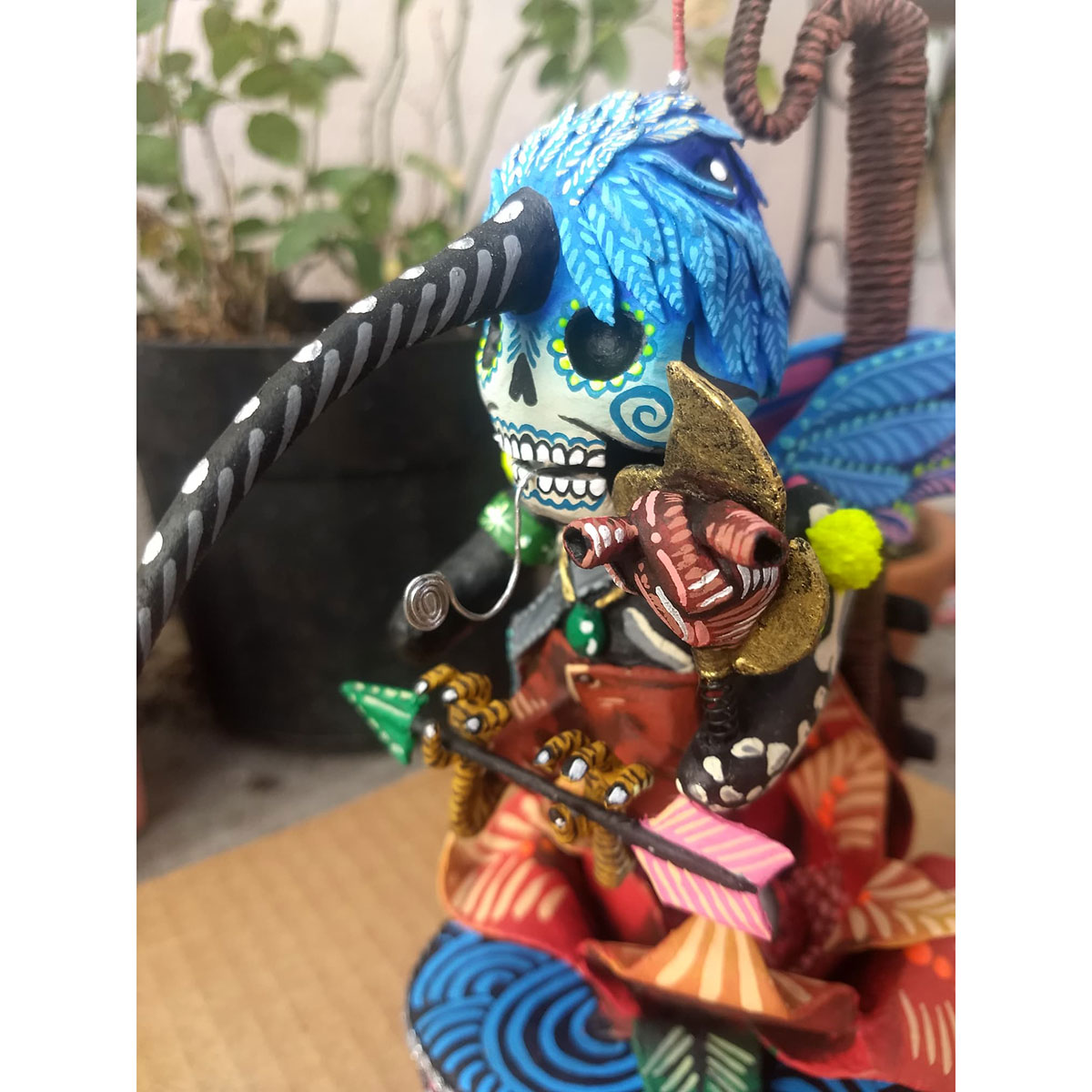
Isaias Alejandro Morales Delgado Huitzilin (hummingbird in Nahuatl)
Huitzilopochtli Classical Nahuatl Huītzilōpōchtli, IPA: [wiːt͡siloːˈpoːt͡ʃt͡ɬi]) is the and war deity of in Aztec religion. [3] He was also the patron god of the Aztecs and their capital city, Tenochtitlan. He wielded Xiuhcoatl, the fire serpent, as a weapon, thus also associating Huitzilopochtli with fire.
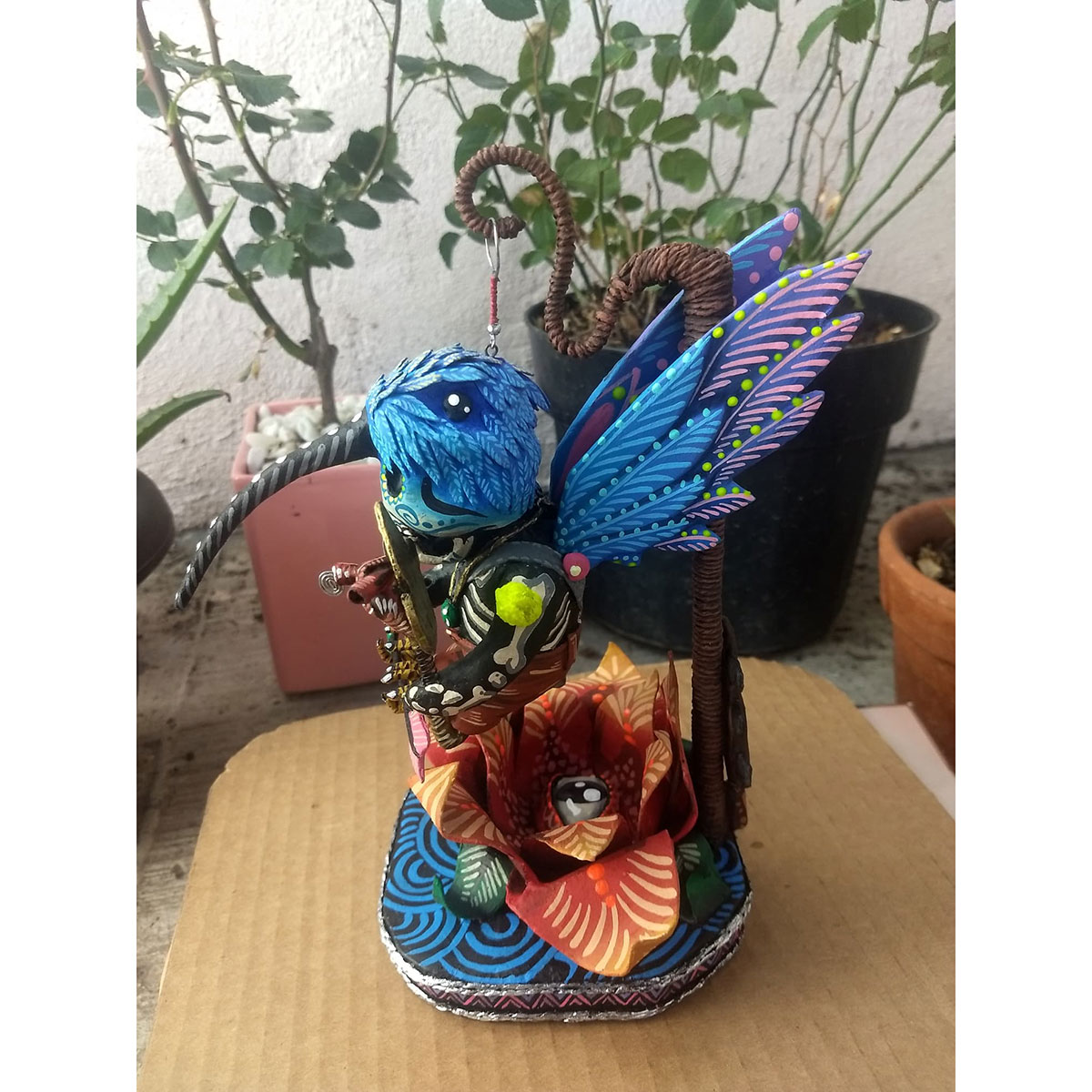
Isaias Alejandro Morales Delgado Huitzilin (hummingbird in Nahuatl)
a personal name, hummingbird feather; held, for example, by a ruler of Mexico-Tenochtitlan (see Karttunen and Sahagún); also attested in Tetzcoco in the sixteenth century. Online Nahuatl Dictionary, Stephanie Wood, ed. (Eugene, Ore.: Wired Humanities Projects, College of Education, University of Oregon, ©2000-present). The team.
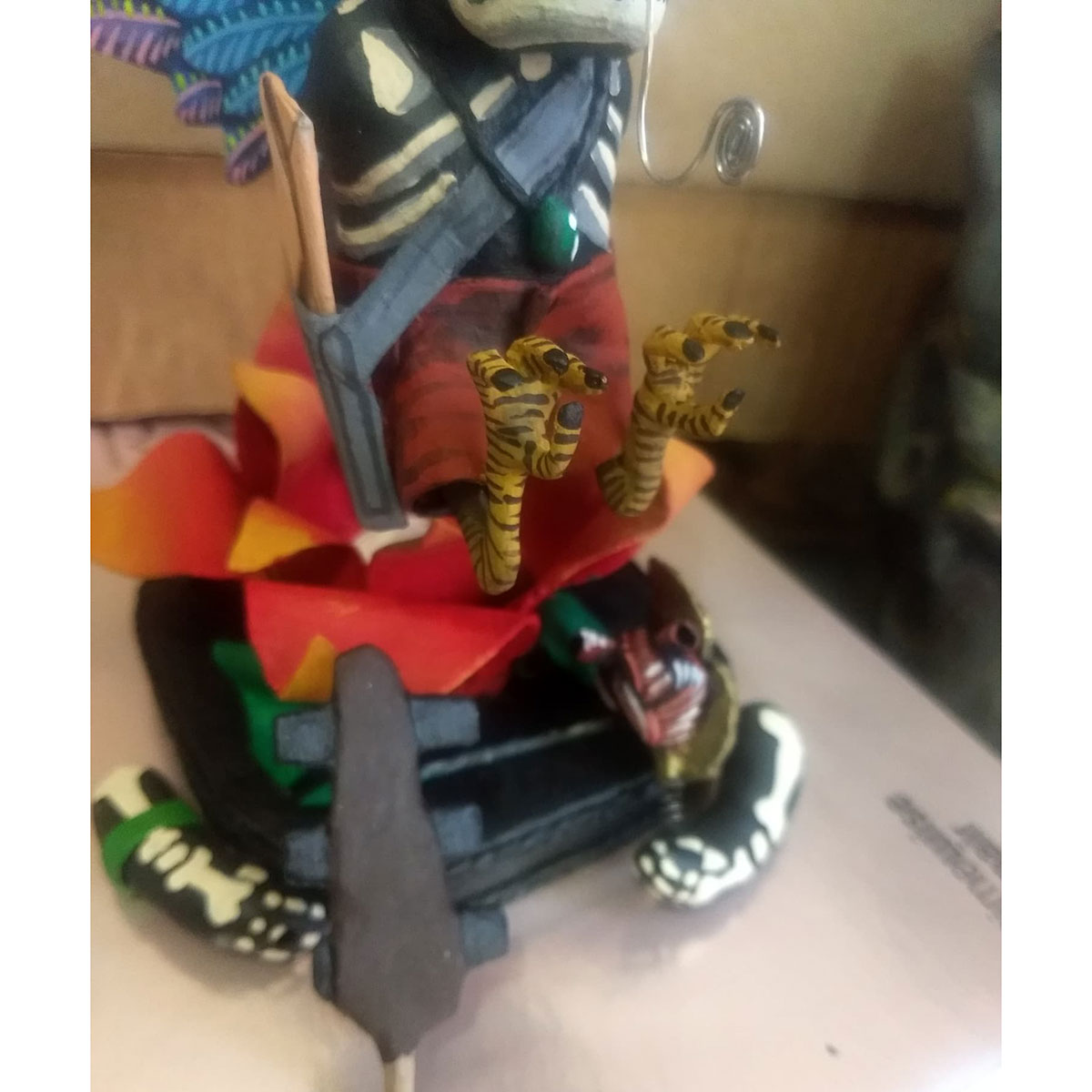
Isaias Alejandro Morales Delgado Huitzilin (hummingbird in Nahuatl)
The deity Huitzilopochtli, Hummingbird-Left, Hummingbird-South, or Hummingbird-Sinister, as various translations interpret the name, was possibly the highest Aztec divinity at the time of contact with Europeans. He may have been an elder named Huitzilin, who became deified. [See: John F. Schwaller, The Fifteenth Month (2019), p. 20.]
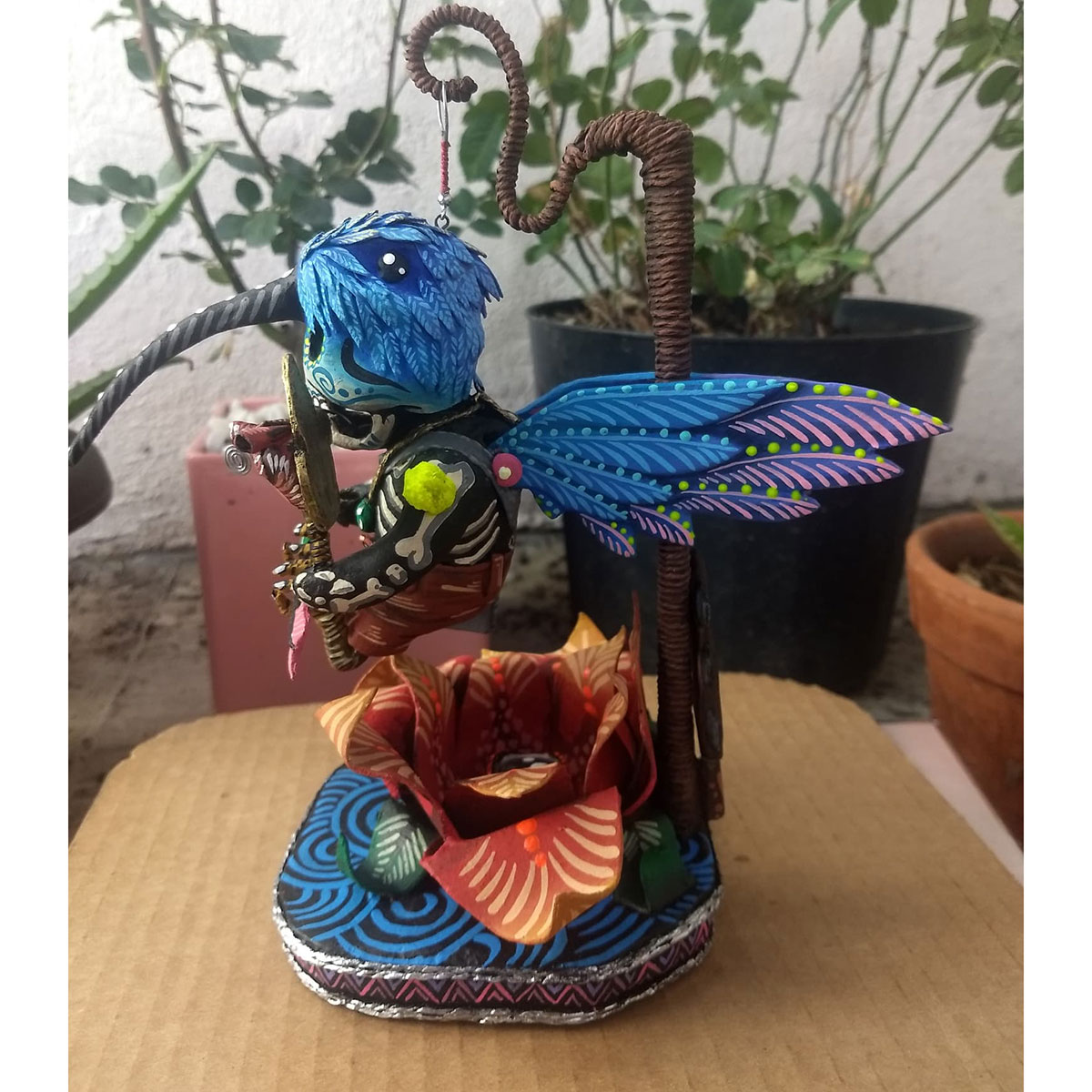
Isaias Alejandro Morales Delgado Huitzilin (hummingbird in Nahuatl)
The Resplendent Quetzal ( Pharomachrus mocinno) has been called the world's most beautiful bird. The male's green wings and tail have a glittering sheen; the inner, white part of the tail is short, but the green tail plumes are about three feet long; the breast is red.

Q'enti Wasi House of the Hummingbird Andean Cosmovision and Sacred Arts for Conscious
Everything You Love On eBay. Check Out Great Products On eBay. But Did You Check eBay? Find Humming -bird -birds On eBay.
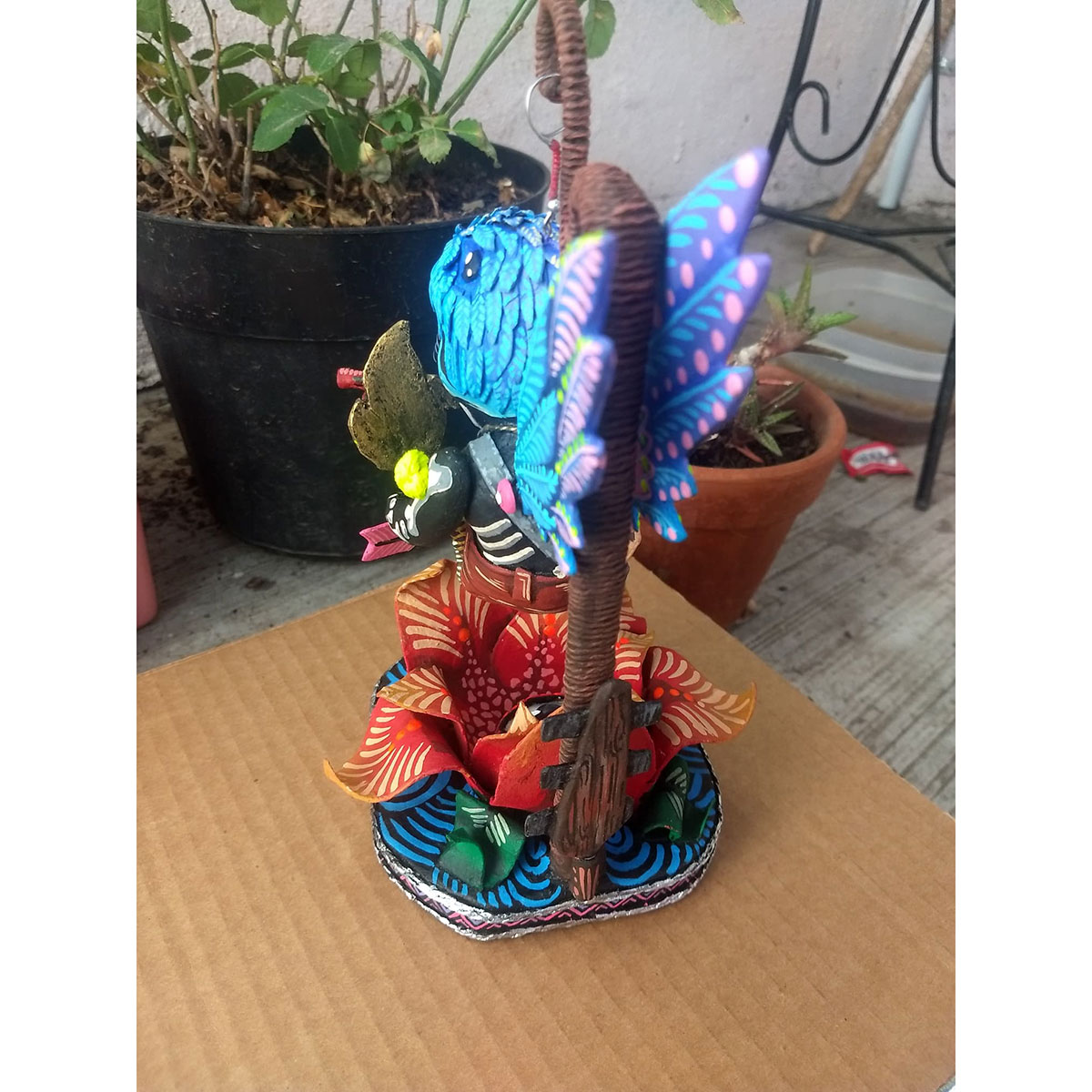
Isaias Alejandro Morales Delgado Huitzilin (hummingbird in Nahuatl)
Hummingbird in Nahuatl, is it Huitzilli or Huitzillin? I've seen it spelled differently online, also seen it spelled with single l's instead of double l, which is correct? Also if cloud is Mixtli, would "cloud hummingbird" essentially be Mixhuitzilli? Or Mixhuitzillin? Thanks for any input. 14 7 7 comments Best Add a Comment w_v • 1 yr. ago

Hummingbird
There are many tales of Huitzilopochtli in Mesoamerican mythology. The Aztecs were a Nahuatl-speaking group who lived in Central Mexico between 1300 and 1521. Nomadic tribes arrived in the Mexican Anahuac Valley in the early 12th Century and reigned there for over 200 years. They gathered around Lake Texcoco in the Valley of Mexico.
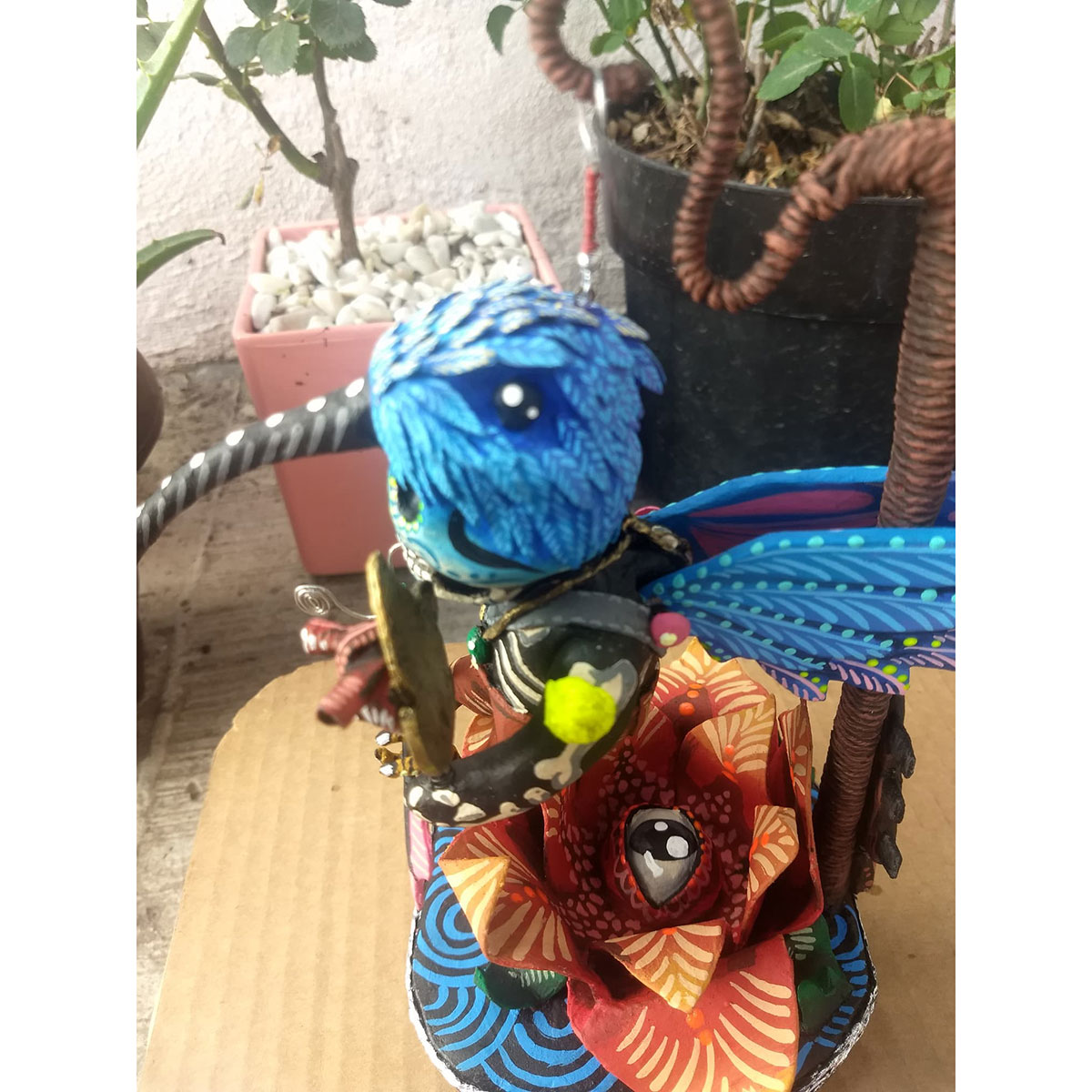
Isaias Alejandro Morales Delgado Huitzilin (hummingbird in Nahuatl)
'Hummingbird', which in Nahuatl is 'huitzilin' or 'huitzitzilin', literally: turquoise thorn or precious thorn, was one of the most sacred birds of the ancient Mexicans, since it represented the god Huitzilopochtli, who wore it on his headdress, always attached to a flower that represented the heart.

Isaias Alejandro Morales Delgado Huitzilin (hummingbird in Nahuatl)
According to one well-known Aztec myth, Huitzilopochtli was the son of Coatlicue (meaning 'She of the Serpent Skirt'), a primordial earth goddess. In this myth, Coatlicue was sweeping the floor of a temple on Coatepec (meaning 'Snake Hill'), when a ball of hummingbird feathers fell from the sky. Coatlicue picked the ball of feathers up.
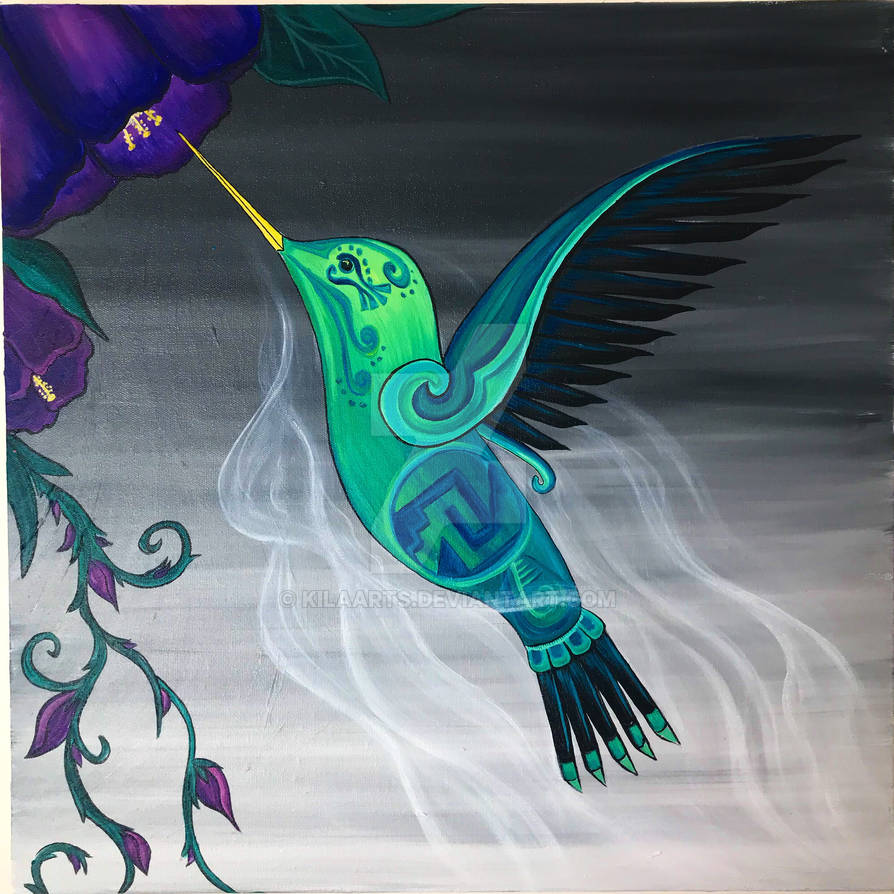
Aztec hummingbird by kilaarts on DeviantArt
But what bird is it? In the Codex Azcatitlan (pic 4) and in the Codex Boturini (follow link below) it's clearly a hummingbird, representing Huitzilopochtli.
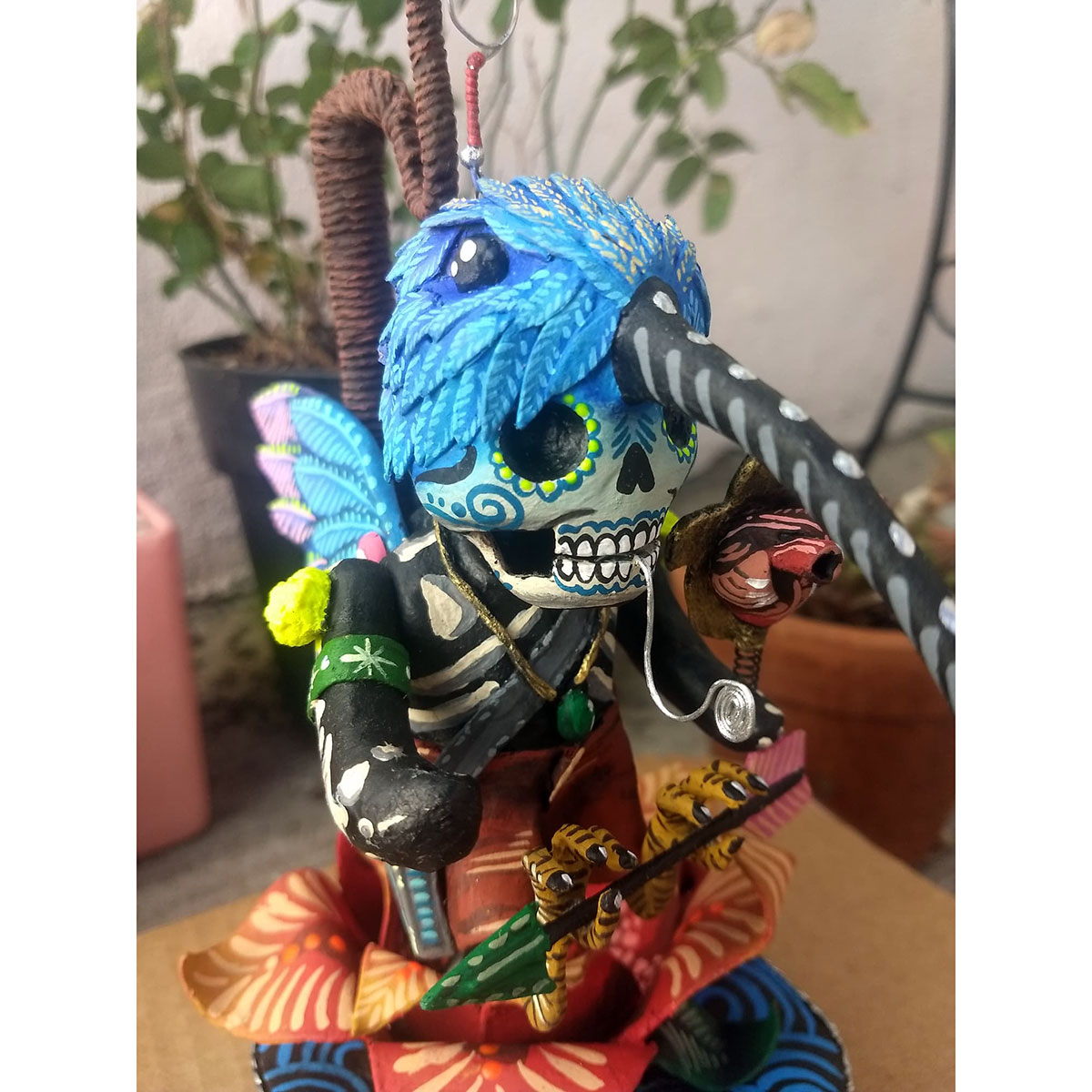
Isaias Alejandro Morales Delgado Huitzilin (hummingbird in Nahuatl)
uitzitzilin (@1 : es: colibrí ) Images with "hummingbird" Add example Translations of "hummingbird" into Nahuatl languages in sentences, translation memory Declension Stem No examples found, consider adding one please. Check 'hummingbird' translations into Nahuatl languages.
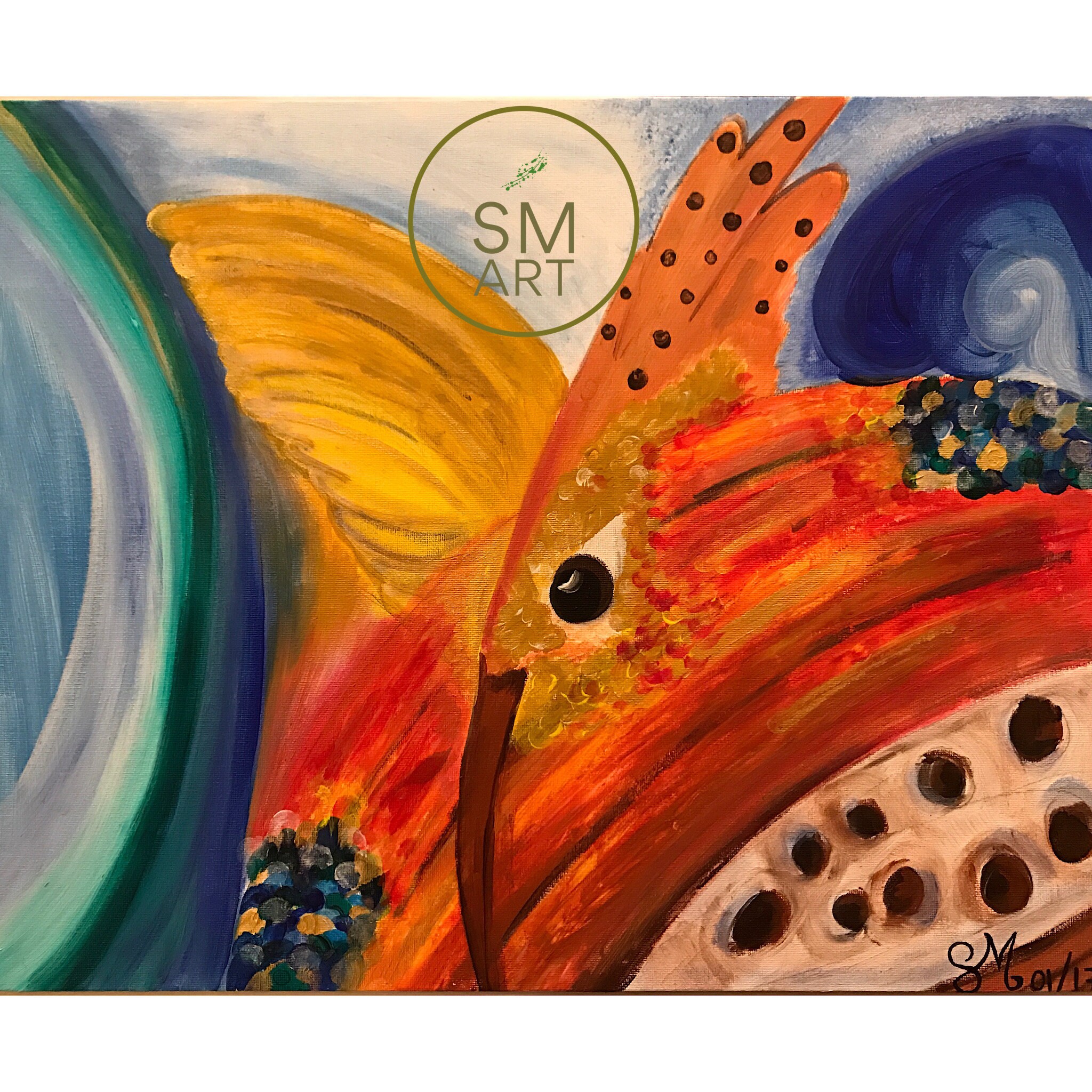
Uitsilin (Hummingbird in nahuatl) acrylic surrealist painting of a hummingbird 50 x 40 cm
HUITZILOPOCHTLI ("hummingbird of the south") was the most powerful god in Aztec religion. The tribal god of the wandering M é xica, he became the patron deity of the Aztec ceremonial capital, Tenochtitl á n (1325 - 1521).
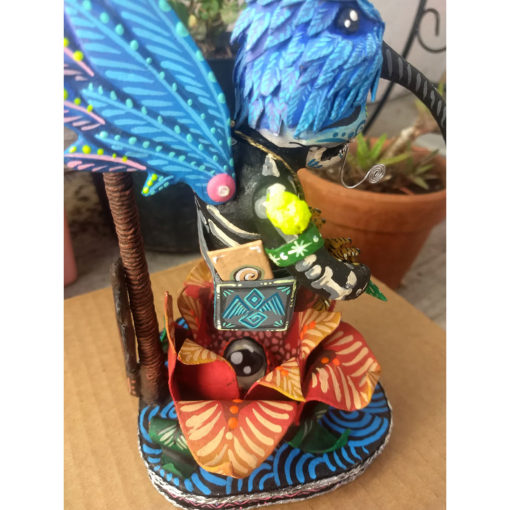
Isaias Alejandro Morales Delgado Huitzilin (hummingbird in Nahuatl)
Hummingbird talismans were prized as drawing sexual potency, energy, vigor, and skill at arms and warfare to the wearer. The Aztec god of war Huitzilopochtli is often depicted in art as a hummingbird. Aztecs believed that fallen warriors would be reincarnated as hummingbirds. The Nahuatl word huitzil translates to hummingbird.
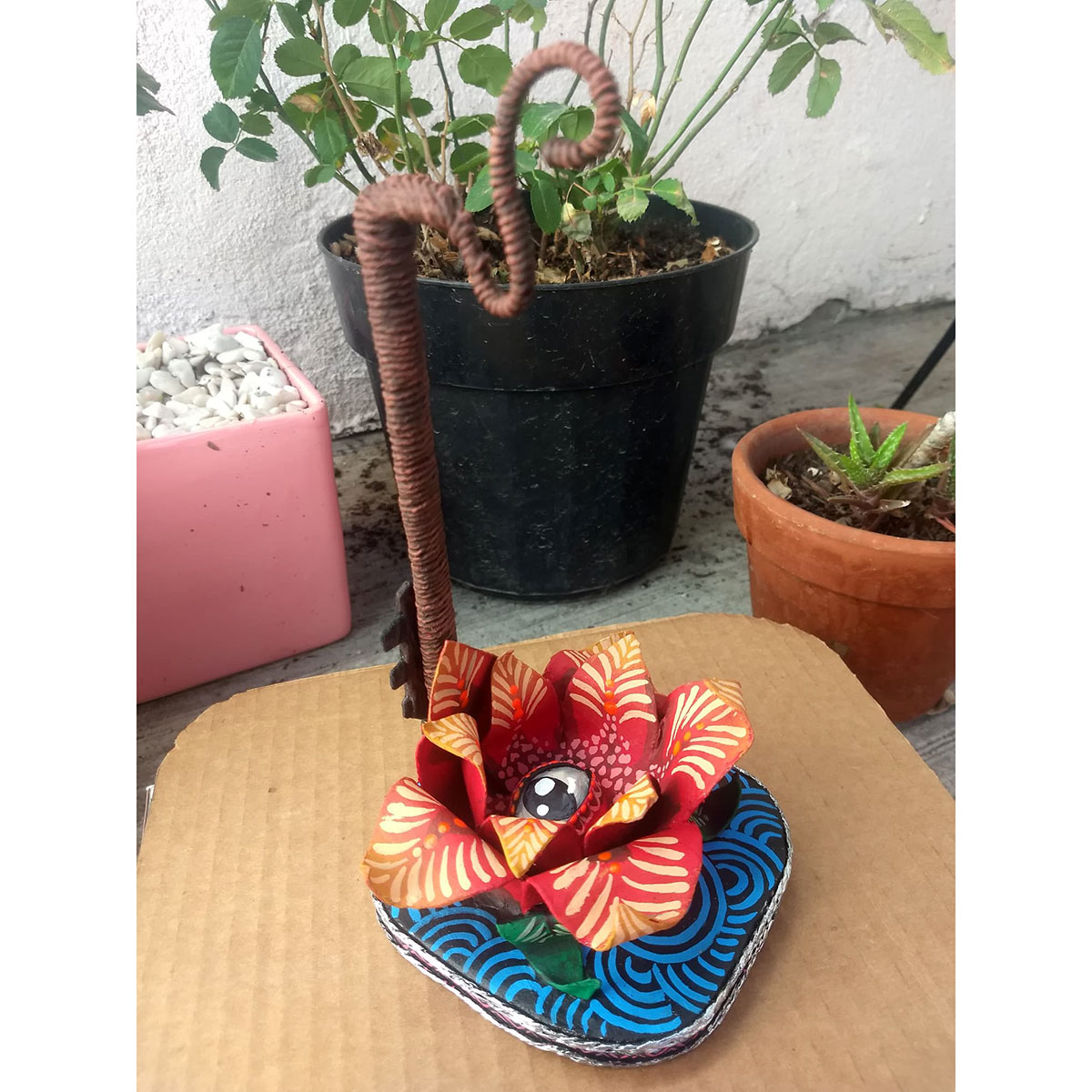
Isaias Alejandro Morales Delgado Huitzilin (hummingbird in Nahuatl)
The deity Huitzilopochtli, Hummingbird-Left, Hummingbird-South, or Hummingbird-Sinister, as various translations interpret the name, was possibly the highest Aztec divinity at the time of contact with Europeans. He may have been an elder named Huitzilin, who became deified. [See: John F. Schwaller, The Fifteenth Month (2019), p. 20.]